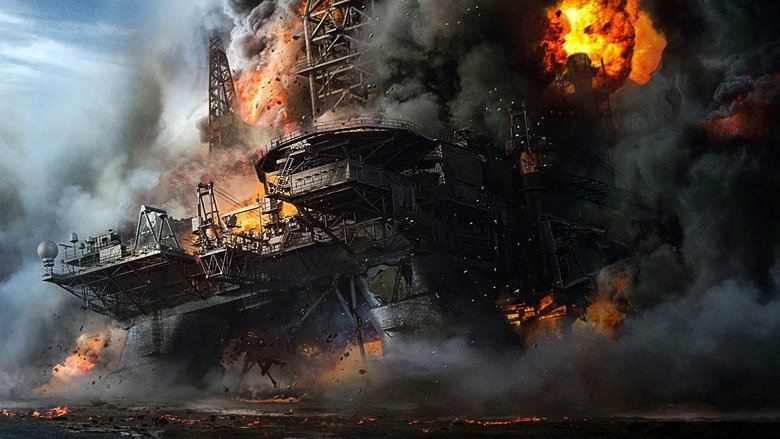


Part of the difficulty is that no two spills are alike. When you have 3.19 million barrels to clean up, it is even harder. When oil spills into the ocean, it is difficult to clean up. You can explore where the oil went in our interactive. As much as 20 percent of the spilled oil may have ended up on top of and in the seafloor, damaging deep sea corals and potentially damaging other ecosystems that are unseen from the surface. Not all the oil made its way to the surface, however. Some oil sunk to the seafloor by gluing together falling particles in the water such as bacteria and phytoplankton to form marine snow. It turned out adding dispersant had an unforeseen consequence-it increased the area that the oil traveled by 49 percent, increasing the area impacted by the spill. This plume formed because chemical dispersants, released into the water to break up the oil so it could wash away, allowed the oil to mix with seawater and stay suspended below the surface. Some hovered suspended in the midwater after rising from the wellhead like a chimney and forming several layers of oil, dispersant and seawater mixtures drifting down current during the spill a 22-mile long oil plume was reported. Some floated to the ocean's surface to form oil slicks, which can spread more quickly by being pushed by winds. Once the oil left the wellhead, it spread throughout the water column. Over the course of 87 days, the damaged Macondo wellhead, a part of the Deepwater Horizon oil rig, located around 5,000 feet beneath the ocean's surface, leaked an estimated 3.19 million barrels (over 130 million gallons) of oil into the Gulf of Mexico-making the spill the largest accidental ocean spill in history. You can explore the spill in our interactive and read on for more information. Researchers are still trying to understand the spill and its impact on marine life, the Gulf coast, and human communities.

Additionally, numerous scientists and researchers descended upon the Gulf region to gather data. Immediately after the explosion, workers from BP and Transocean (the rig operators), and many government agencies tried to control the spread of the oil to beaches and other coastal ecosystems using floating booms to contain surface oil and chemical oil dispersants to break it down underwater. Scientists divide the ocean into at least three zones, and the deep ocean accounts for about three-quarters of Earth’s total ocean volume. The well was located over 5,000 feet beneath the water’s surface in the vast frontier of the deep sea-a permanently dark environment, marked by constantly cold temperatures just above freezing and extremely high pressures. By the time the well was capped on J( 87 days later), an estimated 3.19 million barrels of oil had leaked into the Gulf. Within days of the Apexplosion and sinking of the Deepwater Horizon oil rig in the Gulf of Mexico that killed 11 people, underwater cameras revealed the damaged wellhead pipe was leaking oil and gas on the ocean floor about 42 miles off the coast of Louisiana. The Deepwater Horizon oil spill is recognized as the worst oil spill in U.S.


 0 kommentar(er)
0 kommentar(er)
